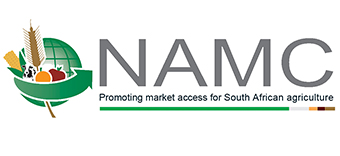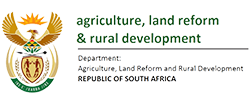What is SMAT?
It is a smallholder market access tracker (SMAT), a tool that has been developed by the NAMC, with the help of a reference group, to measure the progress in the achievement of the market access goal for smallholder farmers in South Africa.
Why do we need SMAT?
Despite a number of interventions that seek to enhance market access (both locally and abroad) for farmers in the country, smallholder farmers still face barriers to entry into the mainstream marketing channels. Furthermore, there is no tool used currently to track market access for this group of farmers, hence there is a need for the SMAT tool.
Who is going to use SMAT?
The SMAT seeks to provide information to assist with policy debate and the formulation of more effective programmes towards achievement of market access. As such, the SMAT could be used (largely) by policymakers.
How to use SMAT?
The SMAT is composed of indicators identified using some key market access variables gathered from empirical research. The indicators are the heart of the SMAT tool, and could have either positive, negative or neutral effect on the smallholder farmers’ likelihood to access the market. They are categorized into two group. The first group tracks the progress from the supply perspective (farmers’ perspective) and is referred to as A2 indicators. The second group tracks the progress from the demand side (market’s perspective) and is referred to as B1 indicators.
| A2. Supply: | |
| A2.1 Selling of produce | Whether the farmer sells any of his produce (+) |
| A2.2 Type of market supplied | Type of market supplied by the farmer (NA) |
| A2.3 Volumes supplied | Volumes (quantities) supplied by the farmer (+) |
| A2.4 Value supplied | Value (in Rands) supplied by the farmer (+) |
| A2.5 Selling arrangements | Whether farmer sells through spot selling, contract, etc. (NA) |
| A2.6 Selling price arrangements | Whether farmer negotiates selling price or whether he/she is a price taker (NA) |
| A2.7 Payment arrangements | The length of time it takes for payment to be effected (NA) |
| A2.8 Distance to market | Distance to the market supplied by the farmer (-) |
| B1. Market Profile | |
| B1.1 Type of market | Type of market supplied by the smallholder (NA) |
| B1.2 Market location | Town and province where the market is located (NA) |
| B1.3 Total market turnover | Where applicable, the total turnover of the market supplied by smallholder farmers (NA) |
| B1.4 Market turnover by commodity | Where applicable, the market’s turnover on the specified commodity supplied by smallholder farmers (NA) |
| B1.5 Market tonnage by commodity | Total market tonnage of the specified commodity sourced from smallholder farmers (NA) |
Therefore, these indicators inform the policymakers of the situation per industry tracked thereby enabling the formation and continuation of more effective programmes or interventions towards the achievement of market access. The information is presented in the form of dashboard analysis and will be updated in a two-year interval.
What has been achieved so far?
Since the commencement of the development of the SMAT tool in 2016, two pilots have been completed in the potatoes and beef sectors, culminating into the citrus baseline produced in 2019.


